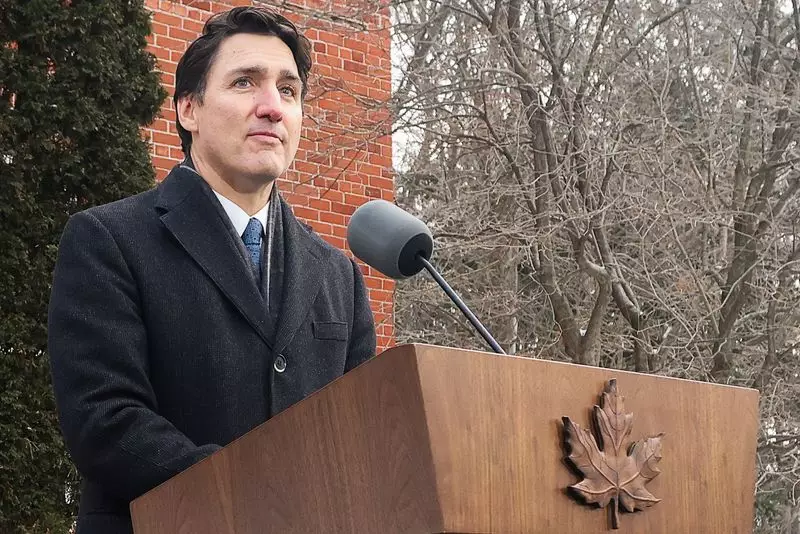As Canada braces for the potential implementation of severe tariffs on imports from the United States, Prime Minister Justin Trudeau finds himself navigating turbulent waters. Trump’s promise of a 25% import tariff has alarmed many economists, who warn that such a move could severely disrupt Canada’s economy. Given that Canada exports a staggering 75% of its goods and services to the U.S., the stakes are extraordinarily high. Trudeau’s upcoming cabinet retreat signals the seriousness of the situation as Canada seeks to fortify its trade position while managing internal dissent among provinces regarding the best course of action.
Despite Trudeau’s assurances of a unified stance against the looming tariffs, cracks in this unity are becoming increasingly visible. Ontario Premier Doug Ford has been vocal about his concerns over a perceived lack of direction and strategy from the federal government. For a province that represents Canada’s industrial core, the potential loss of 500,000 jobs due to tariffs is a real threat that can’t be ignored. Ford has emphasized the necessity of presenting a united front as the provinces confer with Ottawa to strategize an effective response.
Moreover, sentiments are running high as the premiers prepare to convene with Trudeau. Their discussions will likely center around creating a cohesive response that encapsulates the diverse economic realities faced by each province. Alberta’s Premier Danielle Smith has raised alarms about potential cuts to energy exports, warning that such a move would spark a crisis of national unity. This sentiment illustrates the complex web of relationships within Canadian politics that Trudeau must navigate carefully.
The challenge for Trudeau lies not only in responding to Trump’s proposed tariffs but also in reinforcing Canada’s long-standing relationship with the U.S. His office has articulated a commitment to defending Canadian interests, which includes looking into possible countermeasures should tariffs materialize. The Trudeau administration is keenly aware that any misstep could exacerbate tensions, not just with the U.S. but also among Canadian provinces, thereby undermining collective bargaining power.
In a bid to bolster border security – a significant concern for Trump – Canada has unveiled a robust C$1.3 billion border-security initiative. This plan underscores Canada’s willingness to protect its interests while addressing larger issues of security that Trump has spotlighted. However, Trudeau must balance this proactive approach with diplomacy to cultivate goodwill and ensure that open communication channels remain with the U.S. administration.
As the January cabinet meeting approaches, the fate of Canada’s economic relationship with the U.S. hangs in the balance. Trudeau’s leadership will be tested as he endeavors to balance the competing interests of the provinces while formulating a robust and cohesive strategy. The pressure is on to not only safeguard Canadian jobs and industries but to also maintain a collaborative relationship with a neighbor that is both a partner and a potential adversary. This precarious moment could very well define Trudeau’s legacy and the future of Canada’s economic landscape.

